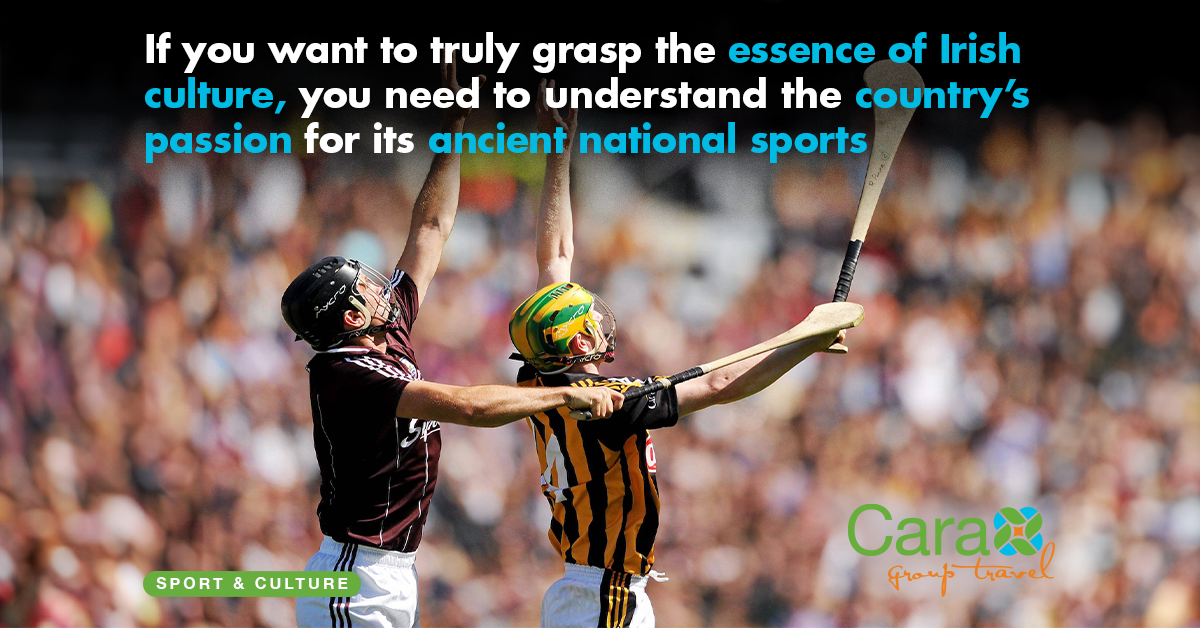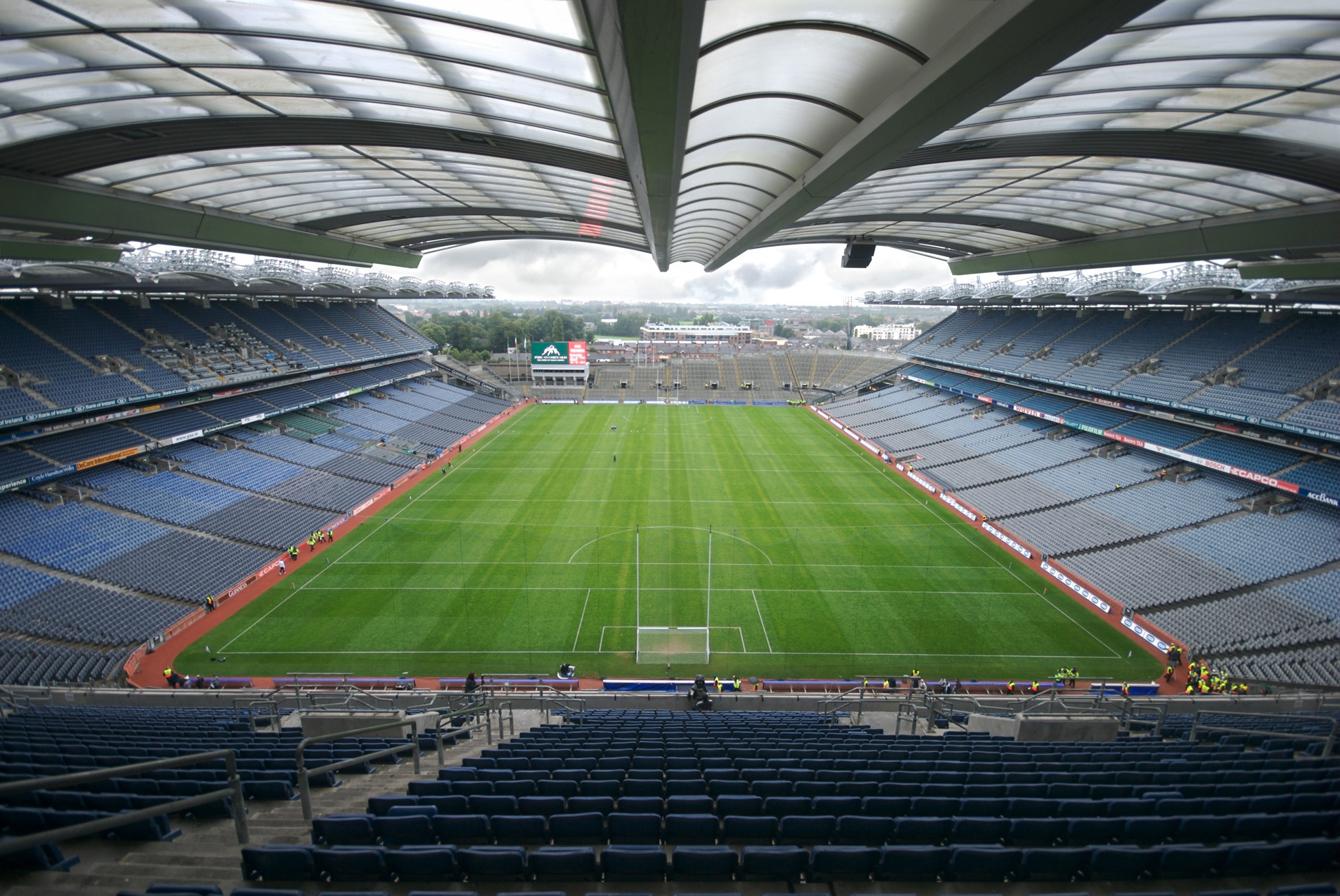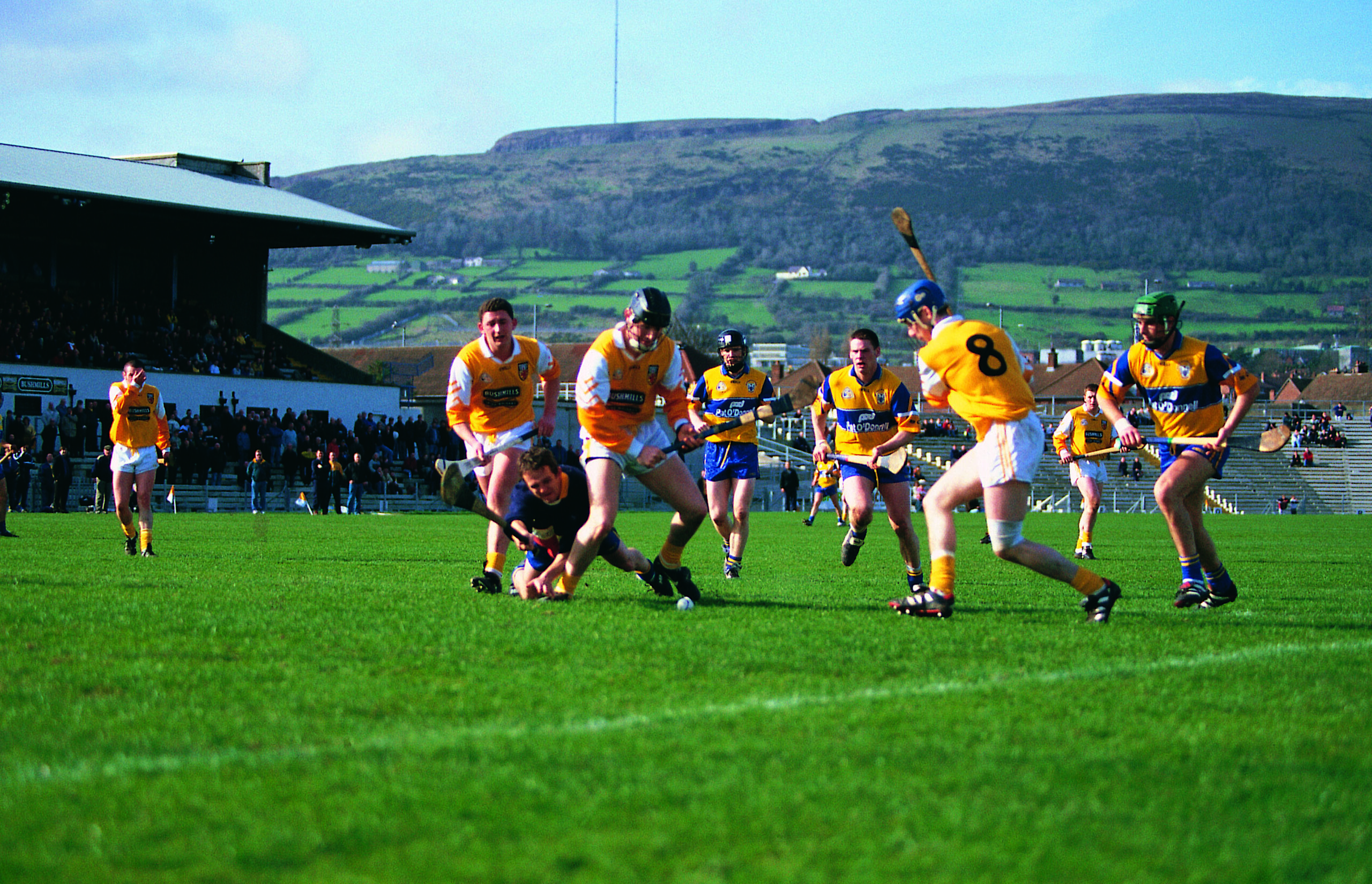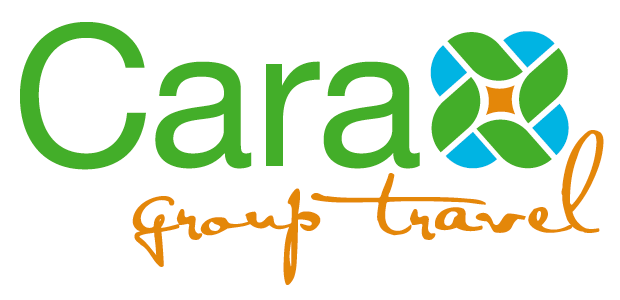
Whether it’s baseball in America, rugby in New Zealand or sumo wrestling in Japan, sport is integral to the cultural identity and national sense of belonging for countries and communities worldwide.
In Ireland, it is all about Gaelic games, and if you want to truly grasp the essence of Irish culture you need to understand the country’s passion for its ancient national sports.
Gaelic games include handball and rounders, but it is Gaelic football and hurling that bring out the most fervor nationwide and which draw the hundreds of thousands of spectators that flock to matches all around the country every year.

Croke Park Stadium from the Davitt stadium, empty
There is nothing like the electrifying roar of Croke Park on September afternoons in Dublin as the spectacle of the All-Ireland football and hurling championship finals capture the epic spirit of all things Irish.
With a capacity for 82,000 spectators, the iconic Croke Park is the third largest sports stadium in Europe and has been at the heart of Irish sporting and cultural life for over 100 years. It is also the headquarters of the GAA, or Gaelic Athletic Association, celebrated as one of the greatest amateur sporting governing bodies in the world and a major influence in Irish sporting and cultural life.
Hurling can be traced back to Celtic times and is said to be the world’s fastest field game. With the ball or ‘sliotar’ travelling at speeds of up to 100 mph, this ancient fast-paced game has been popular for at least 3,000 years in Ireland and was even inscribed on a UNESCO representative list of the intangible cultural heritage of humanity in 2018.

The modern game plays like a mix of soccer and rugby. Fifteen-player teams battle across a pitch using a round ball slightly smaller than its soccer counterpart. The ball is carried for short distances, and passing is done with a kick or a “hand-pass,” the ball struck with a hand or fist. The action is fast and furious, and play is rough. Protective equipment is nonexistent.
The stick and ball game is played with teams of 15 on a rectangular grass pitch with H-shaped goals at either end. The female version is known as camogie and is equally fast paced.
Discover What is hurling? on YouTube and follow in the footsteps of Britain’s Duke and Duchess of Cambridge who tried their hand at the game in Galway during their recent visit to Ireland.
For a bit of fun, take the social media Toilet Roll Challenge in your living room, set by all-star Kilkenny hurler TJ Reid, which will develop the key skill of roll lifting the sliotar from the ground to the hand. See how many times you can roll lift the toilet paper in 30 seconds – it’s harder than it looks.

17 July 2010; Cathal Naughton, Cork, in action against Tony Browne, Waterford. Munster GAA Hurling Senior Championship Final Replay, Cork v Waterford, Semple Stadium, Thurles, Co. Tipperary. Picture credit: Brendan Moran / SPORTSFILE
You can also explore all aspects of the game from your couch at the GAA’s Learning and Development Portal, where a range of multi-media formats, including video, audio and text, will help with player and coaching skills for any age, and even in referee and administrator roles.
Are You Interested in Bringing Your Group to Ireland?
Contact Cara Group Travel at 617-639-0273 to speak to a representative, or fill out the quick contact form below and a representative will get in touch with you! If you have a travel question or a general inquiry, please do not hesitate to reach out to us.





